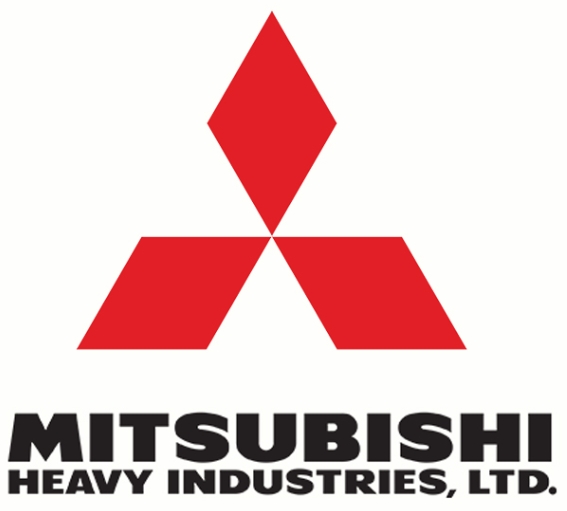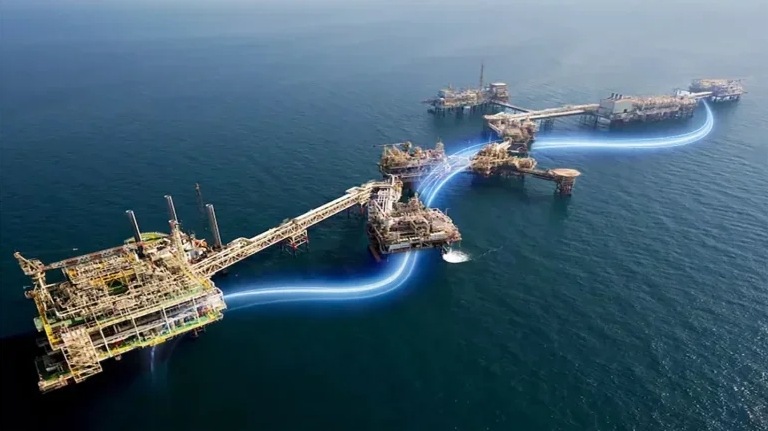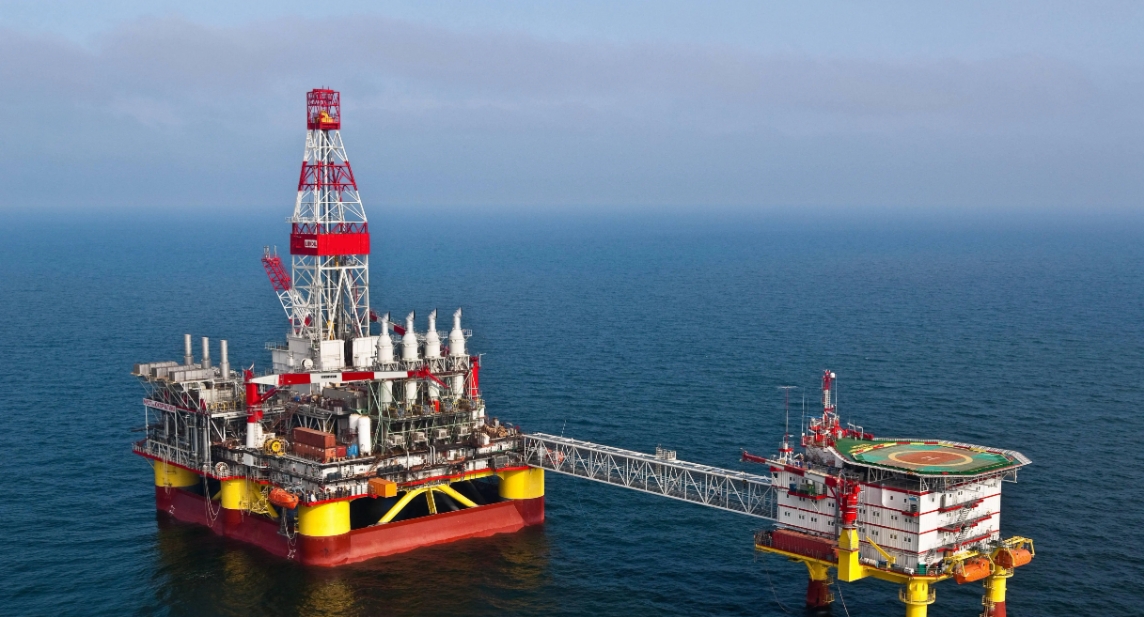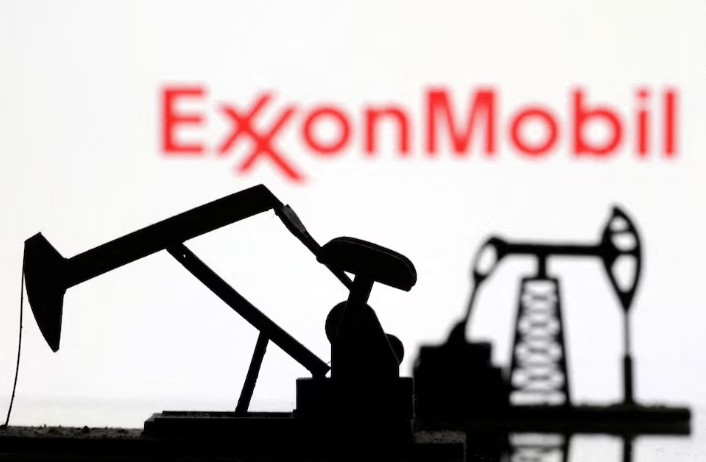The liquefied petroleum gas (LPG) market registered double-digit growth last year as companies and the sector’s regulator foster public awareness campaigns on the benefits for using the environmentally friendly energy source.
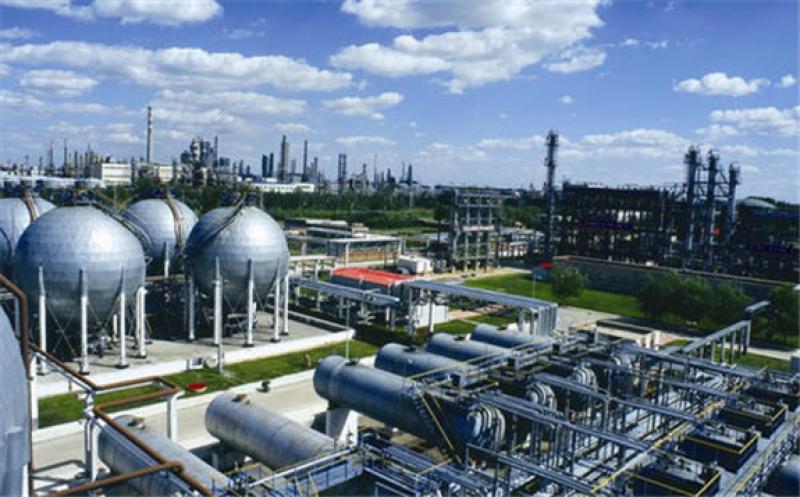
A new report by the Energy and Water Utilities Regulatory Authority (Ewura) shows that the LPG business segment grew by 16 percent last year, fuelled partly by increased imports and investments in storage and refilling plants. In 2019, a total of 166,436 Metric tonnes of LPG were imported, compared to 142,939 MT of the same imported in 2018. The report, which was partly released last week by the regulator, says about 65 per cent of the imports was for the domestic market, while the remaining 35 per cent was transited to neighboring countries, 70 per cent of which went to Kenya.
The increase in LPG imports is due to government efforts and LPG marketing companies to create public awareness on the importance of using LPG against traditional fuels such as charcoal and firewood.
Ewura’s director of petroleum division, Mr Gerald Maganga, said despite the increased LPG consumption in the country, there was still limited distribution of the product in rural areas.
“LPG suppliers should put more effort into developing their distribution networks to cater for low-income earners so that they can afford and access the use of LPG,” he told The Citizen.
Meanwhile, domestic market for petroleum products also registered a modest growth rate last year.
As of December 2019, the number of operational petrol stations had grown to 1,596, up from 1,460 stations of the previous year, an equivalent of 9.32 percent growth, a report released last week by the regulator indicate.
“An increase in the number of petrol stations is attributed to increased demand of petroleum products, growth in economic activities and increased road networks,” says the report.
However, most petrol stations are located in urban areas despite the fact that there is an emerging demand of petroleum products in rural areas.
According to Mr Maganga, the regulator has continued to encourage construction of petrol stations in rural areas so as to ensure that petroleum products are distributed in a reliable and safe manner.
“For this reason, the Petroleum (Retail Operations in Townships and Villages) Rules 2017 will continue to be applicable where the requirements for constructing a petrol station in rural areas have been lessened to reduce investment costs while observing the Health, Safety and Environment (HSE) requirements,” he said.
According to the report, the security of supply of petroleum products in the country continued to be maintained. On average, Oil Marketing Companies (OMCs) had petroleum stock sufficient to cater the country’s requirements for more than 20 days, which is above the 15 days stipulated in the Petroleum General Regulations.
A total of 6.1 billion litres of petroleum products (diesel, petrol, kerosene, Jet A1 and HFO) were imported in the year 2019, which is a 7 per cent increase compared to products imported in the year 2018.
Of the imported products, 57 per cent were for local consumption while the remaining was transited to neighboring countries of Zambia, Democratic Republic of Congo (DRC), Rwanda, Malawi and Burundi.
The volume imported for domestic use in 2019 was 3. 5 billion liters, which is an increase of 8.4 per cent compared to 3. 2 billion liters imported in the previous year.
The increase is attributed mainly to ongoing government projects including the construction of roads, Standard Gauge Railway and Mwalimu Nyerere Hydro Power.
In addition, fuel was highly needed in the agricultural sector amid high farming activities due to a favorable rainy season.




